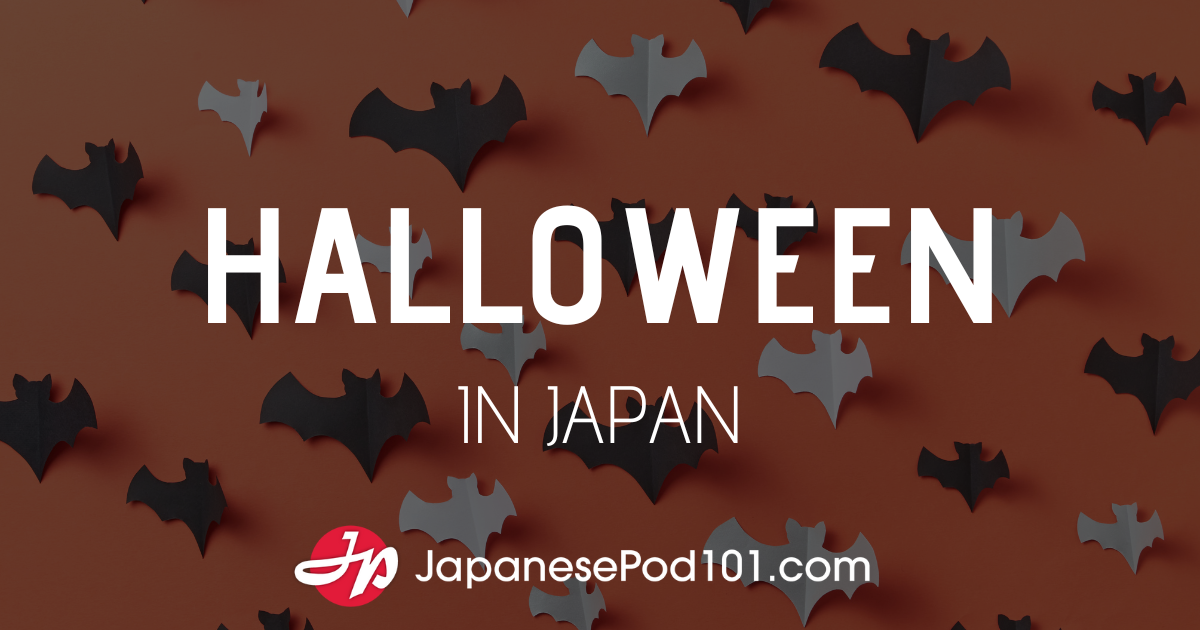Author Archive
October 19, 2009
Learn Japanese Kanji – Everyday Kanji (Outdoor signs)
Hi everyone!
Welcome to Everyday Kanji! In this series, we're going to present pictures of kanji seen in various places in Japan taken by the team members at JapanesePod101.com. That's right - kanji seen and used everyday!
The theme for this week is kanji found on signs outdoors. Let's take a look!
①
若葉東公園 (Wakabahigashi kōen)… Try saying that three times fast!! Even if you aren’t familiar with 若葉東, you might know the word 公園!
若葉東公園 (Wakabahigashi kōen) is Wakabahigashi Park, a park located in Tokyo. The name 若葉東 can be divided into two parts: 若葉 (wakaba = young leaf), and 東 (higashi = east).
公園 (kōen) = park
● 公 (kō) = public
● 園 (en) = park
Place name:
若葉東 = Wakabahigashi
● 若 (waka) = young
● 葉 (ba) = leaf
● 東... Show more
October 16, 2009
Garden-Variety Banking: Part 3
Quick Links
Welcome to Kanji Curiosity | The Basics | Glossary
I don't know much about banking, but I do know that a bank should inspire trust and confidence. The name of the bank has to be serious, a trustworthy brand in and of itself. My first bank account was at Annapolis Bank and Trust, where they put "trust" right in the name. Other banks go by the names of First Capital Bank, Enterprise National Bank, Premier Service Bank, Tomato Bank.
Tomato Bank?!
Yes, indeed. That's what you find on Sawtelle Boulevard, a Los Angeles street filled with Japanese businesses:
On 宏基銀行 ...
No matter how silly the name may seem, bankers at Tomato Bank must consider the same serious matters as any garden-variety banker from, say,... Show more
October 15, 2009
Advanced Japanese Lesson: 秋の月
本日は、秋の夜の和歌を紹介しましょう。
古今東西、「夜」をテーマにした文学作品は多く見られますが、日本の詩や和歌(短歌)、俳句では、星よりも圧倒的に月を扱った作品が数の上で勝っています。これは、日本人が折々に月を見上げ、その満ち欠けに自分の人生や感情を投影していたことを表わしているからでしょう。また、秋の日本の上空は空気が澄み、晴天の日も多いことから月が美しく見えます。よって、俳句で「月」と出てきたら秋の情景を詠んだものである、と考えて間違いないほどです。
月見れば 千々(ちぢ)に物こそ悲しけれ 我が身一つの 秋にはあらねど
大江千里(おおえのちさと)
意味は、「月を見ていると、心が様々に思い乱れて悲しいものだなぁ。私一人の身の上に秋がやってきたわけではないけれど」。日本人にとって、秋はどことなく物悲しい気分になる季節です。身の周りを秋の景物が取り巻くようになると、月を見上げながら、自分だけが特別にセンチメンタルな気持ちになってきます。
ちなみに、「ちぢ」の「ぢ」は「じ」と発音し、「一つ」「一個」の「つ」や「個」と同じ意味です。つまり、「ちぢ」とは「千個」のことで、大変に数が多い様子を表わしています。
月を見るという行為で、明るく幸福な気持ちになるというよりは、悲しく淋しい気持ちになるのが日本人。だから、この和歌に共感する人が多く、今日まで伝えられているのでしょう。
=====
Today, let me introduce you to a "waka", a 31 syllabic poem from an autumn evening.
Literary works with a night theme can be... Show more
October 13, 2009
Learn Japanese Kanji – Everyday Kanji (Airport signs)
Hi everyone!
Welcome to Everyday Kanji! In this series, we're going to present pictures of kanji seen in various places in Japan taken by the team members at JapanesePod101.com. That's right - kanji seen and used everyday!
The theme for this week is kanji found on signs at an airport. Let's take a look!
①
出国審査・税関 (shukkoku shinsa/zeikan):Anyone who has ever gone on a flight to a foreign country has experienced going through these two areas. Based on the kanji, can you guess what they are?
出国審査 (shukkoku shinsa) refers to immigration (for leaving the country). It is made up of the words 出国 (shukkoku), which is “departure of the country”, and 審査 (shinsa), which means “inspection”. These two words together mean “immigration”... Show more
October 12, 2009
Japanese Holidays: Health and Sports Day(体育の日)
The second Monday in October is a national holiday called "Health and Sports Day", which is known as "Taiiku no hi" (体育の日) in Japanese. It falls on October 12th this year.
The first Health and Sports Day was held on October 10, 1966, two years after the 1964 Tokyo Olympics, to commemorate the Olympics which started on October 10 of that year. This holiday was held on October 10 until 1999, and in 2000, it was moved to the second Monday in October as part of the Happy Monday system. (Because of this sytem, some National holidays were moved to Monday to make three-day weekends.)
This holiday is a day to promote sports and physical and mental health. Some sports facilities discount or drop their fees, and many schools hold their sports... Show more
October 9, 2009
Stayin’ Alive: Part 2
Quick Links
Welcome to Kanji Curiosity | The Basics | Glossary
Let's start with a quick quiz. What do you think the following might mean?
残生 (zansei) to remain + life
生残 (seizan) life + to remain
To block the answers, I'll share a photo I took in Los Angeles on Sawtelle Boulevard, a Japanese area that unfortunately extends for just two blocks:
Explanation of the Sign ...
OK, here are the answers:
残生 (zansei: remainder of one's life) to remain + life
生残 (seizan: survival) life + to remain
Last week we learned that the yomi of 残 are ZAN, noko(ru), and noko(su). As you can see, its on-yomi is at work... Show more
October 5, 2009
Learn Japanese Kanji – Everyday Kanji (freeway signs)
Hi everyone!
Welcome to Everyday Kanji! In this series, we're going to present pictures of kanji seen in various places in Japan taken by the team members at JapanesePod101.com. That's right - kanji seen and used everyday!
The theme for this week is kanji found on freeway signs. Let's take a look!
①
点灯 (tentō):This is the entrance of a tunnel. Can you imagine what the sign is telling you to do from the picture?
The kanji 点 comes from the verb 点ける (tsukeru) meaning “to light”, and 灯 means “a light.” So altogther, 点灯 (tentō) means “to turn on a light.” A similar sign in English might say "Headlights On".
点灯 (tentō) = to turn on a light
● 点 (ten) = to light
● 灯 (tō) = a light
Sample Sentence:
このランプが点灯したら、故障のサインだ。
... Show more
October 2, 2009
Crowing About Regrets: Part 1
Quick Links
Welcome to Kanji Curiosity | The Basics | Glossary
I found a word whose yomi sounds like something a rooster might say:
心残り (kokoronokori: regret; reluctance) heart + remainder
Sample Sentence with 心残り ...
It's not quite "cock-a-doodle-doo," but in some parts of the world roosters are quoted as saying "kookoorookoo," which we almost have with kokoronokori. I love the string of o sounds in this fun kun-kun combination!
The breakdown is also a winner: regret remains in the heart long after an event has passed. (Of course, anger and sadness also have a great deal of staying power, but somehow regret has prevailed here.)
As heart + remainder = regret, it seems natural that the inverse,... Show more
October 2, 2009
Learn Japanese Kanji – Everyday Kanji (Japanese chocolate)
Hi everyone!
Welcome to Everyday Kanji! In this series, we're going to present pictures of kanji seen in various places in Japan taken by the team members at JapanesePod101.com. That's right - kanji seen and used everyday!
The theme for this week is kanji found on packaging of Japanese chocolate. Let's take a look!
①
きなこおはぎ味 (kinako ohagi aji): 味 (aji) means “flavor”. The word that comes before 味 specifies what kind of flavor something is. Do you know what kind of flavor きなこおはぎ is?
きなこ is soybean flour and おはぎare rice balls coated in sweet bean paste. You can see what it looks like in the picture on the packaging. The light brown powder is きなこ, which is a very traditional Japanese flavor.
● 味 (aji) = taste
Sample... Show more
October 1, 2009
Advanced Japanese Lesson: 読点(touten), Commas
彼は走って逃げる彼女を追いかけた。
この文章を読んで、あなたならどんな場面を想像しますか? つまり、「走っている」のは誰でしょう?
もし、「彼は、走って逃げる彼女を追いかけた。」であれば走っているのは「彼女」になります。「彼」は歩いて追いかけたのかもしれないし、自転車で追いかけたのかもしれません。
では、「彼は走って、逃げる彼女を追いかけた。」と書いてあるとき、走っているのは誰ですか? そう、「彼」ですね。「彼女」は自動車に乗って逃げていった、などという想像も成り立ちます。
日本語においては、このように「、」がある位置によって、その文章の意味が大きく変わってしまうことがあります。「、」は読点(とうてん)と呼び、文章を読み上げるときにどこで息継ぎをするか、言い換えれば、文章の小さな句切れ目を表わします。
日本語で文章を書くとき、この読点がないとどこで区切れるのか分からず、結局、文章全体の意味が不明瞭になることがあります。この例文のように、走っているのは誰なのか分からなくなってしまうのですね。反対に、読点を打ちすぎると単語と単語がばらばらに区切られてしまい、これも読みづらい文になってしまいます。「彼は、走って、逃げる、彼女を、追いかけた。」…結局、走っているのが誰か分かりません。
小さい「、」にも、実は大きな力があるのです。
====
彼は走って逃げる彼女を追いかけた。
(He runs after the fleeing woman.)
When you read this sentence what kind of scene do you imagine? In other words, who is it... Show more









